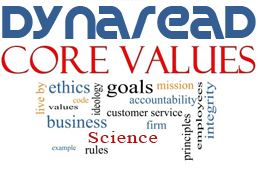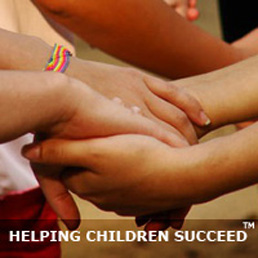
Reading struggles are one of the most dangerous struggles your child can face. Why? Two reasons: They affect their academic progress, and the profoundly affect their behavior in adolescence. If your child is between 7 and 15 years of age, we warmly encourage you to test your child for dyslexia with us. We offer the best and most insightful online test available, and offer it to you for free. Dynaread is passionate about fighting adolescent low literacy and illiteracy. See this free test as our contribution to society, and to you and your child.
Our society's educational model is build around reading. The entire progress from Grade 2 to High School and beyond requires the ability to read text books. If reading skills fails to grow to adequate levels your child will fall behind. Reading struggles are generally unrelated to IQ. Falling behind in school despite a healthy brain not only closes doors to future career opportunities, but is also profoundly intimidating, which is why it is so dangerous in adolescence.
We routinely observe that school-going children start to display altered behavior when hitting around the ten years of age mark. At that point they no longer naively wait and hope that their reading will somehow work itself out, but start to internalize the fact that they cannot properly read. It causes them to think of themselves of stupid, or simply of "weird." They will already have sustained their share of some ridicule and bullying (though they likely never told you, out of shame). Schools are generally (not yet) properly structured and equipped to deal with them, and they are pretty much left to their own. To date (July 2016) an estimated 90% of older struggling readers are not adequately tested and remediated. The introvert risks depression and withdrawal; the extrovert risks recalcitrant, anti-authoritarian, asocial behavior. In homeschooled children this transition typically appears at around 11 years of age. Here are some research facts on these risks.
Source: See our Scientific Library, and scroll down to Dyslexia Vulnerabilities.
Please don't assume all is well, or all will work out as your child gets a little older and a little help. If your child has dyslexia, even relatively mild dyslexia, they likely need a different approach in learning to read. Step #1 is to know what's going in, and that's where we can help you 100%.

![]() Our Dynaread team members are required to hold themselves accountable for serving our clients in adherence with our core values...
Our Dynaread team members are required to hold themselves accountable for serving our clients in adherence with our core values...
Contribute with scientific and overall integrity.
Retain the focus on the needs of each individual child.

Dynaread has been developed in the trenches of actual remediation, with our feet firmly planted on the ground. Scientific research is essential (and we consistently use it), but we also understand the realities at home and in school. Not all homes have two parents, not all Dad's or Mom's are always home, there is oftentimes no money, schools lack staff or funding. We listen, we observe, we discuss, and we build the best solutions we can for older (ages 7+) struggling readers.
